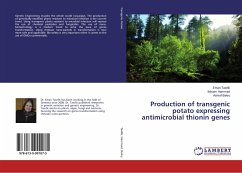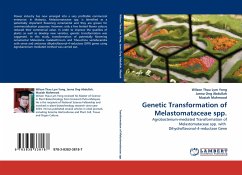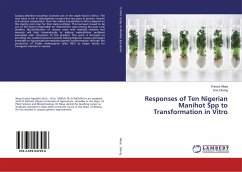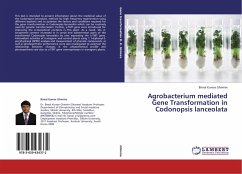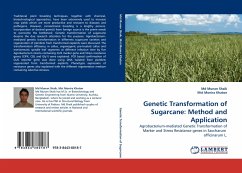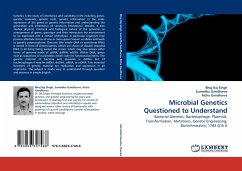Jute is considered as one of the most important natural fibre of the tropical and subtropical regions of the world. Although there has been a decline in the volume of trade, jute is still considered as one of the most important foreign currency earner of many jute growing countries including Bangladesh. The production, quality and yield of this crop are affected by various biotic and abiotic stresses. The higher production and quality jute fibers can be obtained through the development of improved varieties using conventional as well as biotechnological techniques. But conventional breeding technique has not been found suitable in obtaining desired genetic variability in improving present varieties of jute particularly for the development of stress tolerance. Only limited information is available regarding the application of biotechnological methods in case of jute improvement. In this book the two most useful techniques of plant biotechnology such as in vitro regeneration and genetic transformation protocol for cultivated white jute varieties has been reported.



